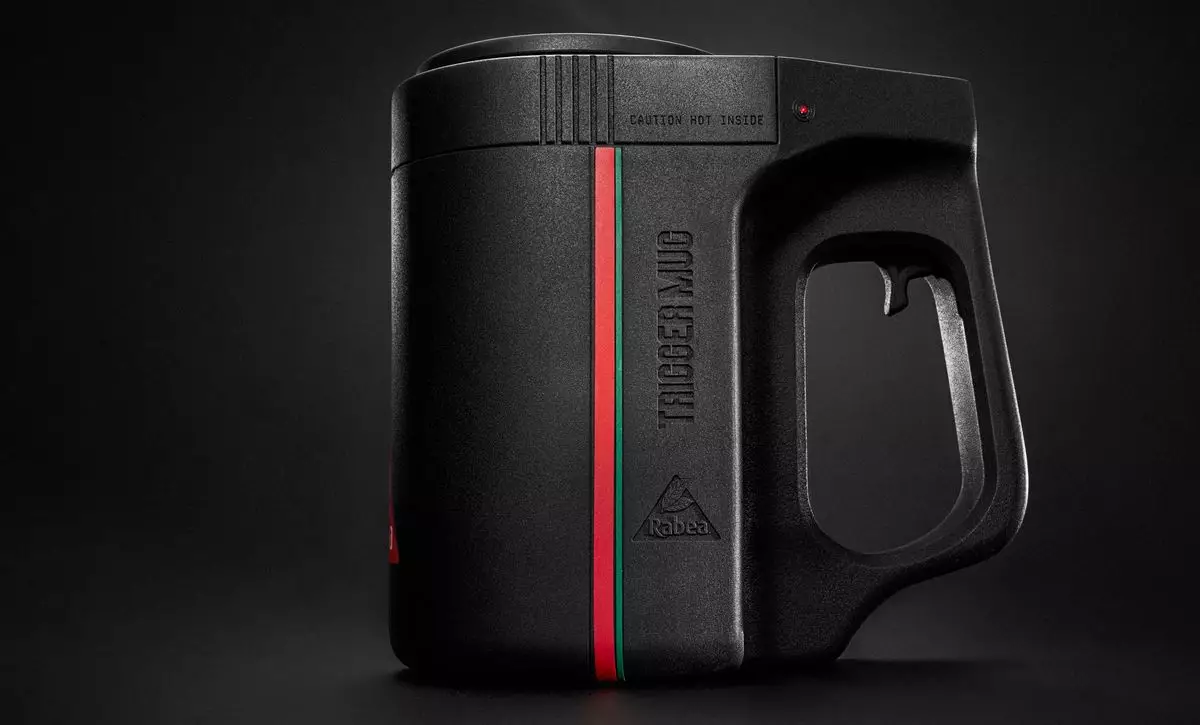Gamers and tea enthusiasts alike often find themselves at opposite ends of the spectrum, with one group immersed in intricate virtual worlds and the other enjoying moments of contemplative tranquility over a steaming cup of tea. However, a recent innovation seems to bridge this divide, capturing the attention of both camps. Enter the Trigger Mug: a clever concoction of gaming technology and tea culture designed specifically for mobile gamers. This article delves into the details, implications, and potential impact of this intriguing product.
In a world dominated by high-paced gaming sessions and the need for sustained concentration, hydration often becomes an overlooked priority. While tea is celebrated for its energizing qualities and ability to maintain focus, the challenge arises when one must decide between taking a sip and risking virtual defeat. This dilemma isn’t trivial; it reflects a fundamental conflict between maintaining gaming prowess and enjoying life’s simpler pleasures. The Trigger Mug addresses this concern, albeit in a somewhat unconventional manner.
Gone are the days when gamers had to awkwardly juggle their beverages, often leading to moments of vulnerability and frustration in competitive scenarios. With the promise of seamless integration into mobile gaming strategies, the Trigger Mug raises questions about what exactly it brings to the table—or rather, to the gaming setup.
At the heart of the product’s allure lies its technological design. As described, the Trigger Mug boasts an array of features, including an accelerometer, gyroscope, and a customizable trigger designed to enhance gameplay. But the skeptics might raise an eyebrow: How does a mug—an everyday item—transform into a gaming accessory? Critics may argue that adding high-tech features to a traditional beverage container risks over-complicating a simple pleasure. After all, can one genuinely sip tea while maneuvering a mobile game with the required precision?
The mug’s design is touted as not just ergonomic, but also visually arresting. With its sleek, molded look reminiscent of gaming weaponry, it may appeal to gamers’ aesthetic preferences. However, the marketing of the Trigger Mug as a solution to a peculiar problem raises a few questions. Shouldn’t the essence of gaming be about immersive experiences rather than external gadgets? Moreover, the core idea of gaming—mastery of skills—may find itself compromised by the very device that claims to enhance it.
The Trigger Mug does not merely aim to resolve gamers’ hydration issues; it represents a larger cultural fusion. Originating from Saudi Arabia, where tea drinking is woven deeply into social rituals, the mug brings a rich heritage into an increasingly digital age. This cross-cultural collaboration attempts to redefine how traditions adapt to modern advancements.
However, while the marketing spills lavish praise about cultural blending, one must consider how genuine this convergence truly is. Is the essence of tea culture being commodified in the name of gaming allure? Will the heritage of tea drinking become secondary to the gadgetry of modernity? In pursuing profit from novelty, one risks overlooking the importance of preserving cultural identity. These are pertinent questions that accompany the release of the Trigger Mug, provoking thought amongst potential buyers and cultural commentators alike.
The reaction to the Trigger Mug has been overwhelmingly positive among niche audiences, uniting those who appreciate both gaming and tea. The thrill of merging recreational activities with everyday rituals is, undoubtedly, appealing. Yet, one must ask: does this truly enhance the gaming experience, or is it simply a novel distraction? Many gamers are content to take a break between rounds to enjoy their favorite beverages, and they might argue that waiting for a lull in action can lead to more fulfilling moments of relaxation.
Perhaps this intersection of technology and culture sheds light on our current era’s fascination with gadgets as solutions to non-existent problems. What such items reveal is our society’s perpetual quest for innovation—both legitimate and unnecessary. The Trigger Mug encapsulates this notion, seducing consumers with the idea that tapping into technology can magically resolve the age-old conflict of multitasking.
Ultimately, the emergence of the Trigger Mug evokes both enthusiasm and skepticism. It highlights an intriguing intersection of traditions, personal preferences, and modern technology, but it also calls for reflection on its meaningfulness and permanence in everyday life. While novelty often captures fleeting attention, it’s essential for consumers to evaluate the long-term implications of such innovations on our cultural practices and their original intent. In doing so, we can appreciate not just the blending of tea and tech, but also understand our own relationship with the products we choose to embrace.

